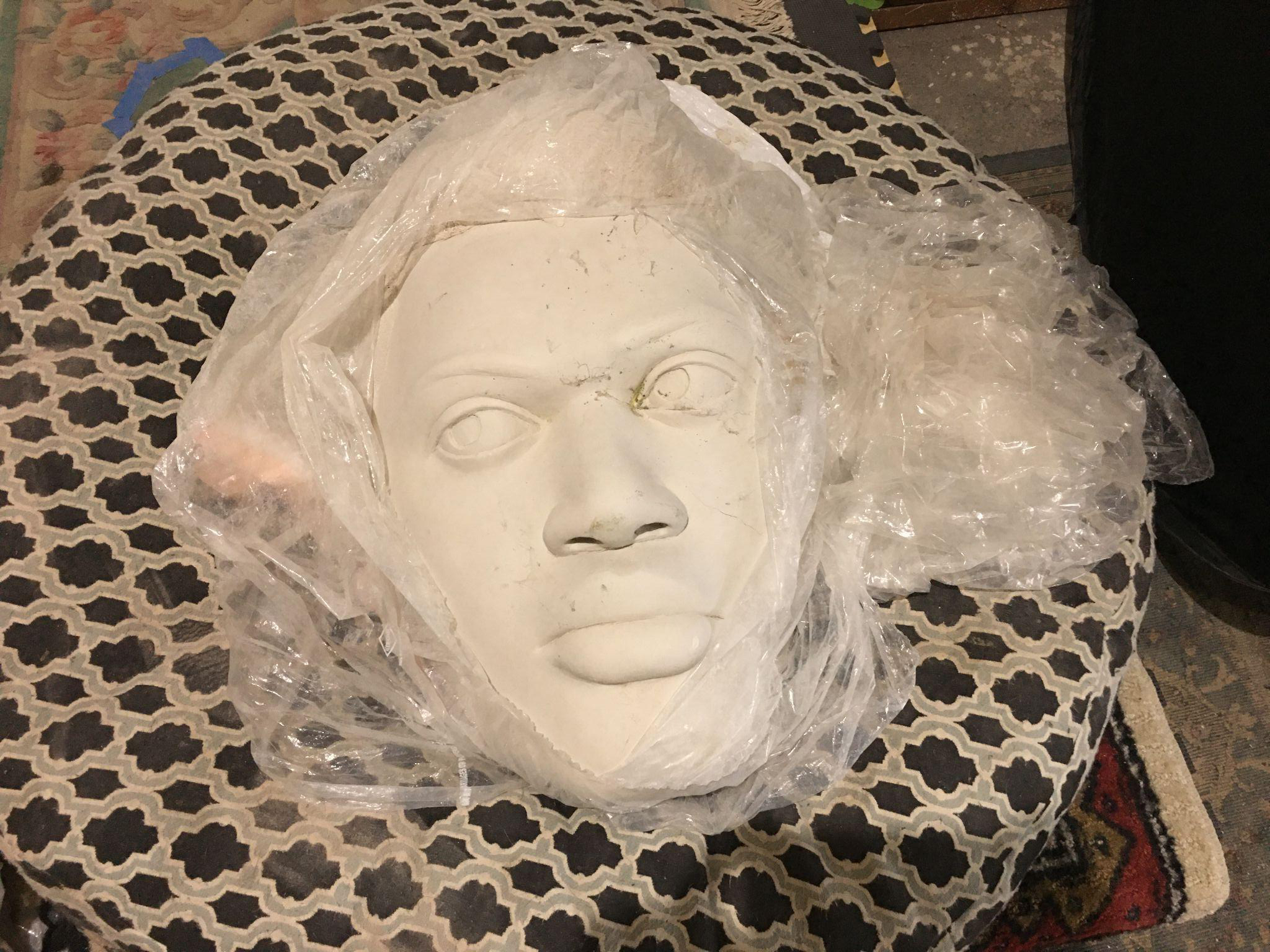
An interview with Heather Anger and Rich Wiquist
January 30, 2023
The Figure Club of Detroit provides the opportunity to sculpt from life. The club was started by Heather Anger in 2017 and since then, has been held in different locations throughout the Russell Industrial Center, including the original CAVE Gallery location where the club started and Heather was a member. The club also spent a year sculpting as a visiting art group at The Squash House in Hamtramck. We had the chance to meet with Heather as well as her co-instructor Rich Wiquist to learn about the various facets of sculpture that the Figure Club practices, including clay modeling, mold making and casting.
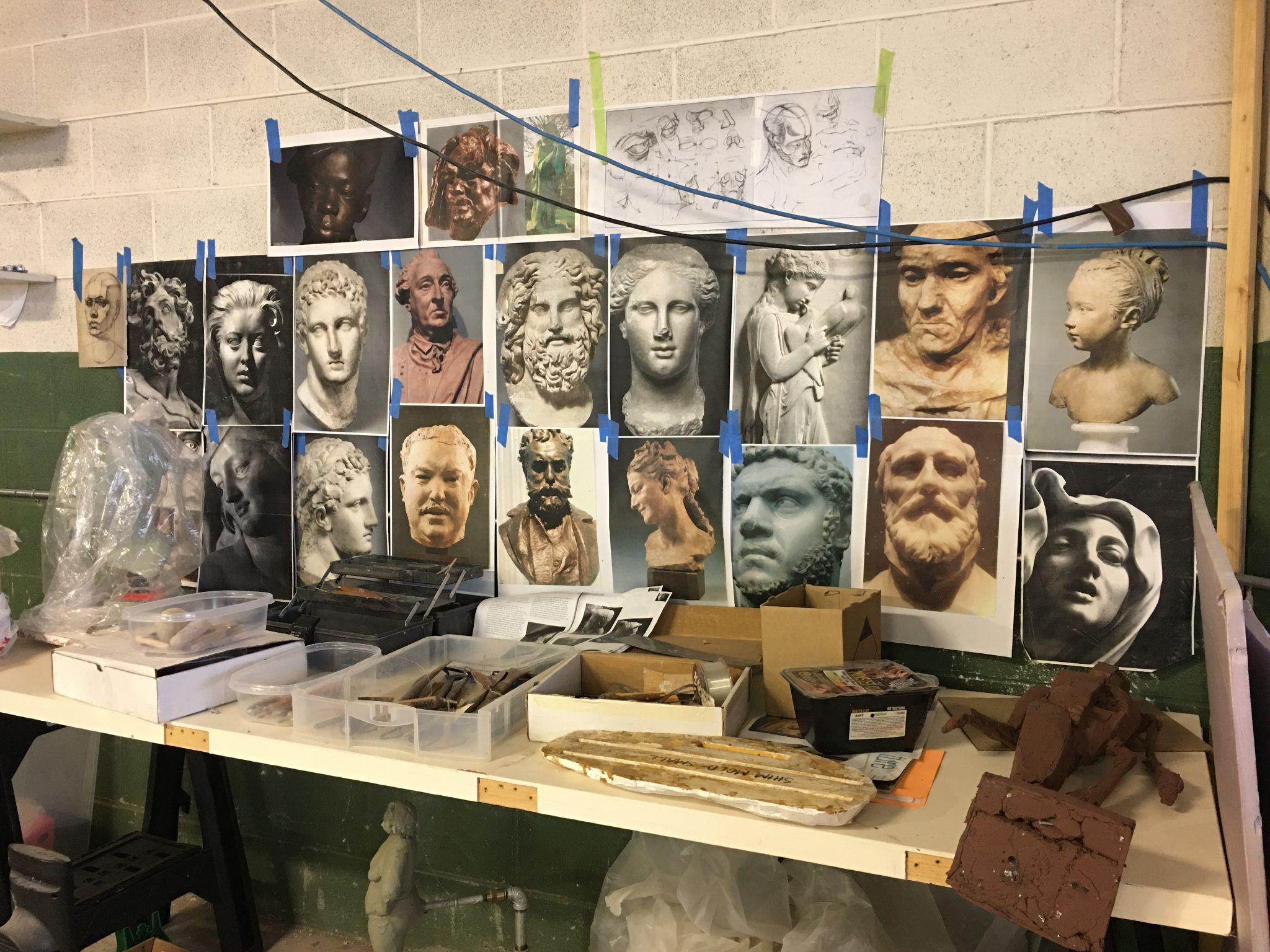
Ashley Cook: How do you go about introducing figure sculpture to people who have never done this before?
Heather Anger: We start with the basics of armature building, clay application and discuss basic looking. With an emphasis on pausing and really “looking”. Sculpting from life is an exercise of observation. As observers, we make many assumptions. It is about pausing, looking at the model and sculpting what we see, not what we think we see.
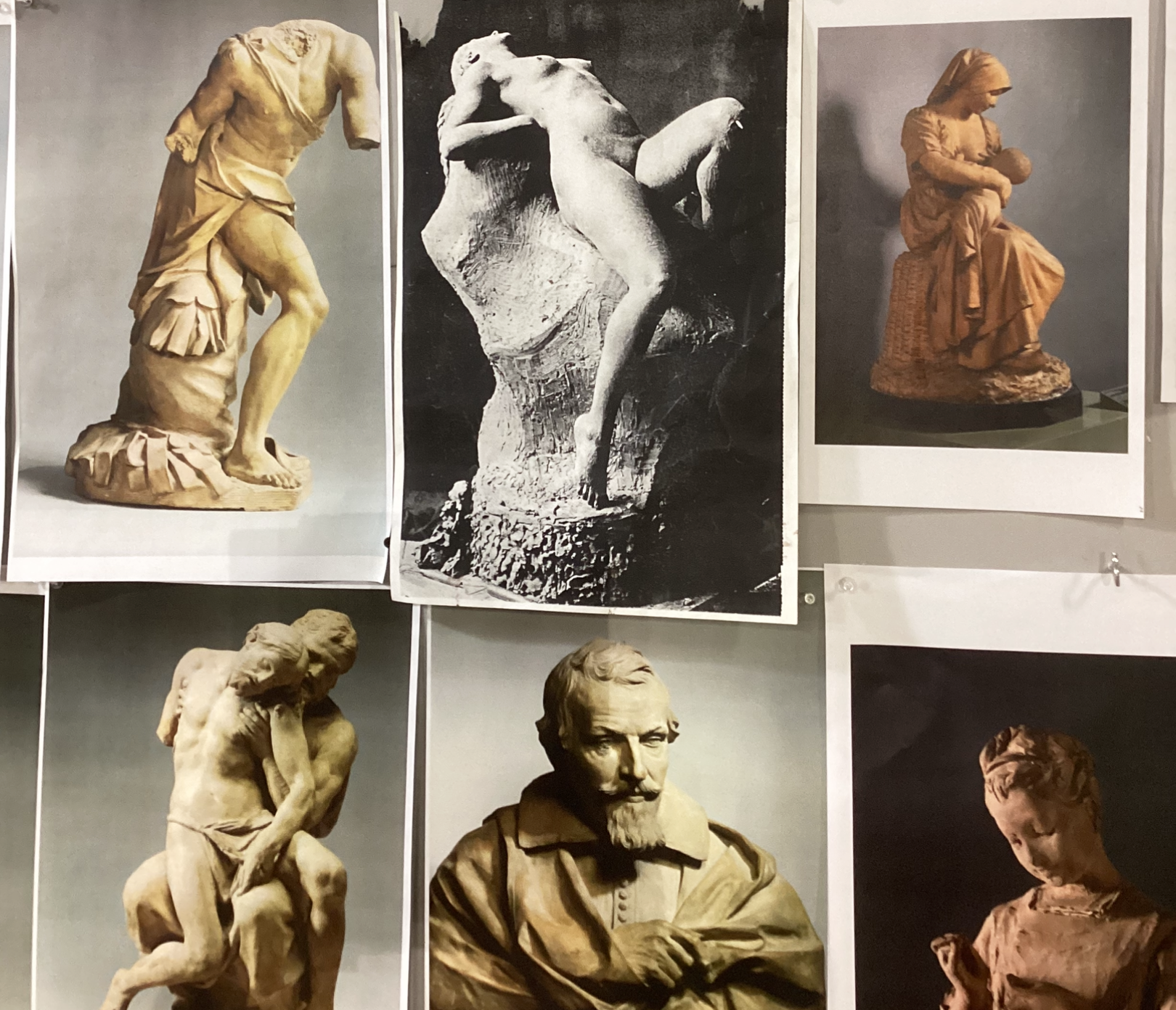
AC: In addition to armature building, applying clay to build the form and learning to see what is in front of them, what are some other skills that you teach in this course? Do you accept people of all skill levels?
HA: We do accept and encourage all skill levels and skills that are learned in the club vary. External and internal armature making is introduced and demonstrated and we also hold basic to advanced lessons and instructions in anatomy as well...A few years ago I asked my former colleague, and current Figure Club Member and friend Rich Wiquist to be a Co-Instructor of the Figure Club. As I put an emphasis on the basic hand eye coordination that is enhanced through practice and looking, Rich brings a much more complex knowledge of the academic rigor and old world techniques used in figurative sculpture. I believe that together we make a great team in our approach to discussing the value, importance and learned skills associated with figurative sculpture today.
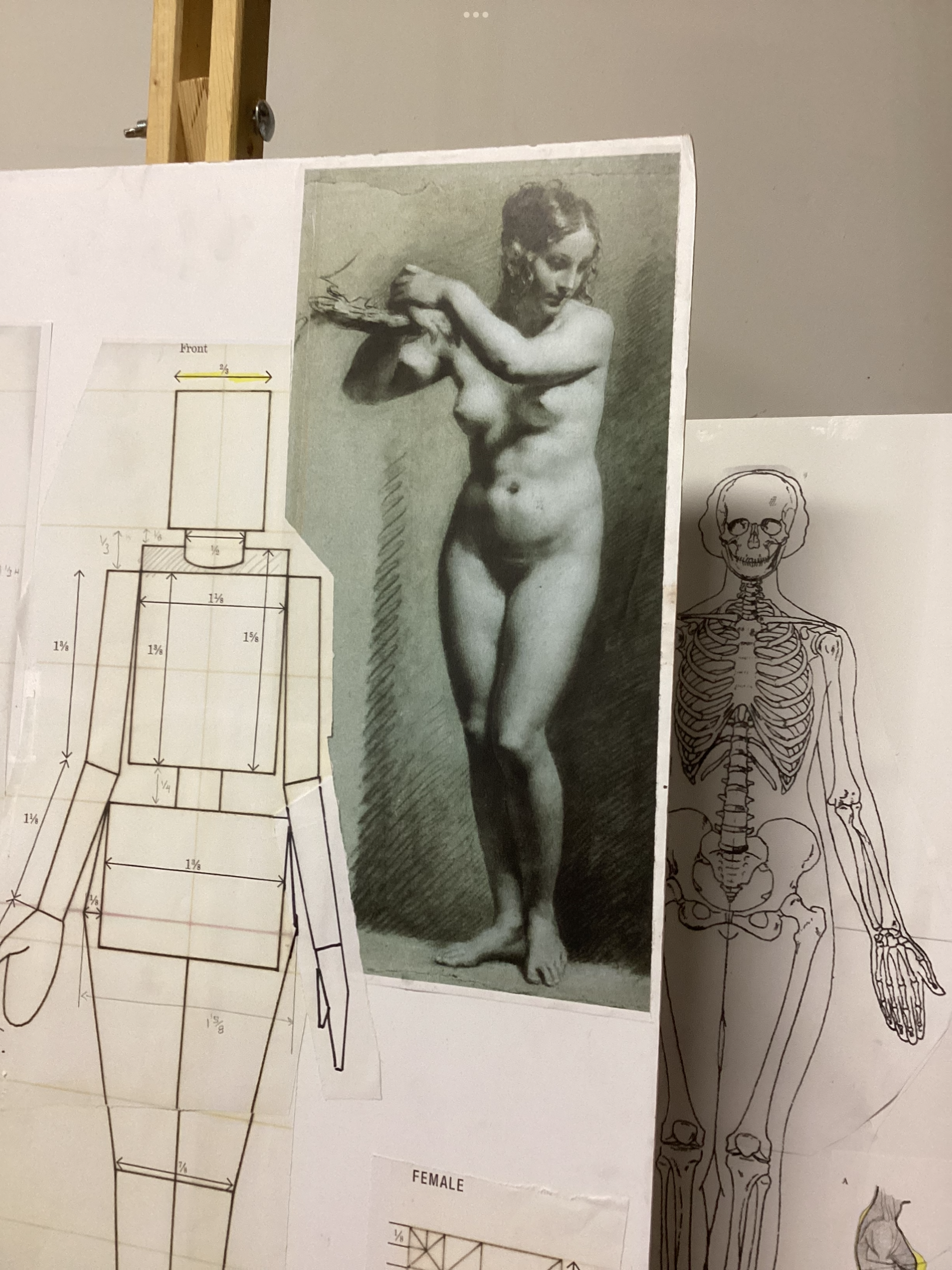
AC: Do you also teach mold making, casting and even firing?
HA: Yes, we teach some basic mold making and have re cently decided to introduce some more advanced rubber mold making sessions. A few years ago we acquired some old kilns and are hoping to have the funds soon to get them up and running.
AC: I wonder if people could ever show up to do figure drawings alongside those people doing sculpture? I suppose you would want to have a drawing instructor to help with skill development for these people…
HA: We have held special drawing sessions in the past and artists are always welcome to come by and draw, with the awareness that the model will be rotating. In 2019, we were lucky enough to hold a special 5 week oil painting session instructed by guest artist and Detroit based painter Richard Lewis.
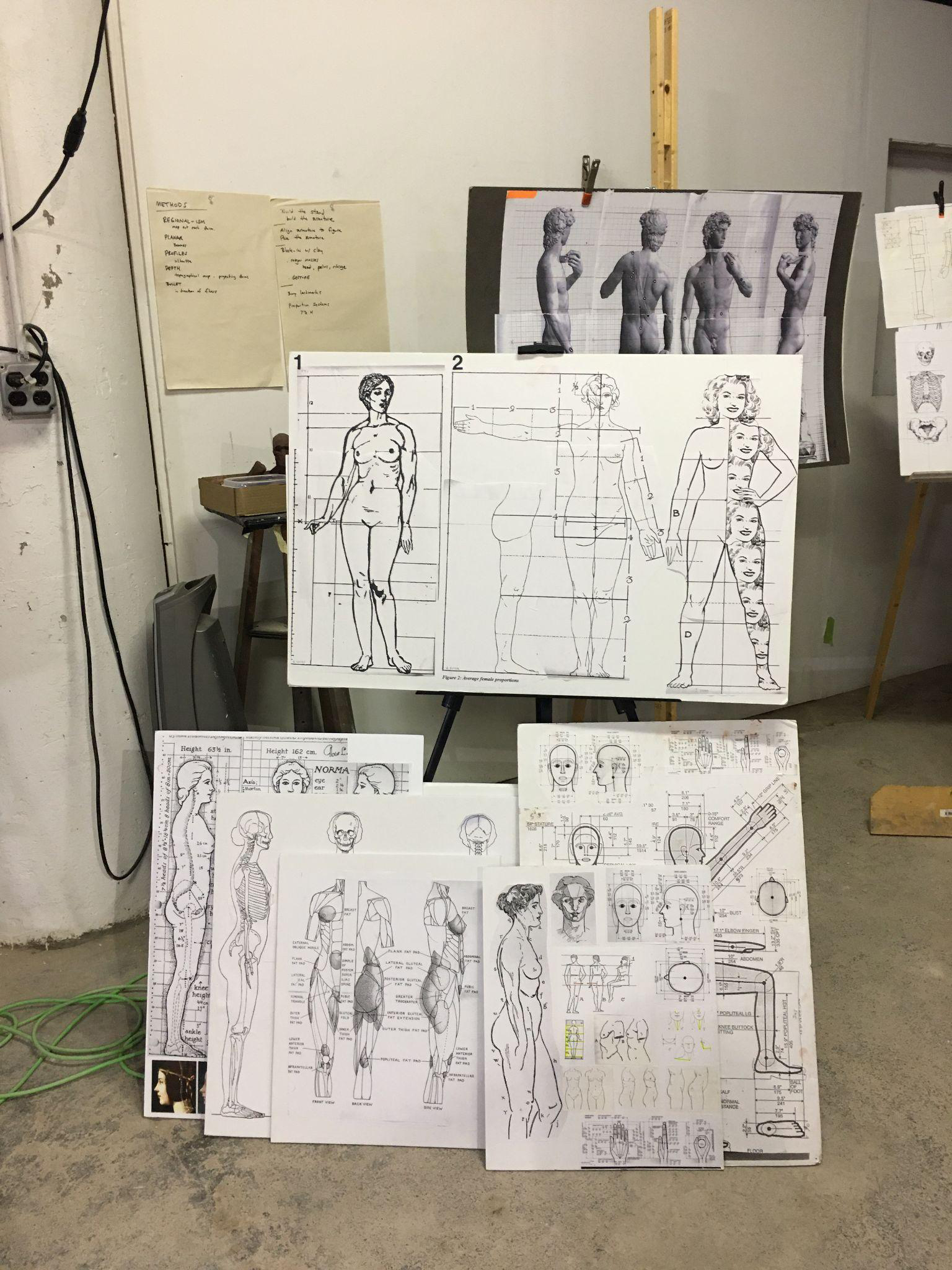
AC: What is the usual demographic of people wanting to attend your course?
HA: The demographic varies from session to session, however a large percent of the folks work as creative professionals in the automotive industry.
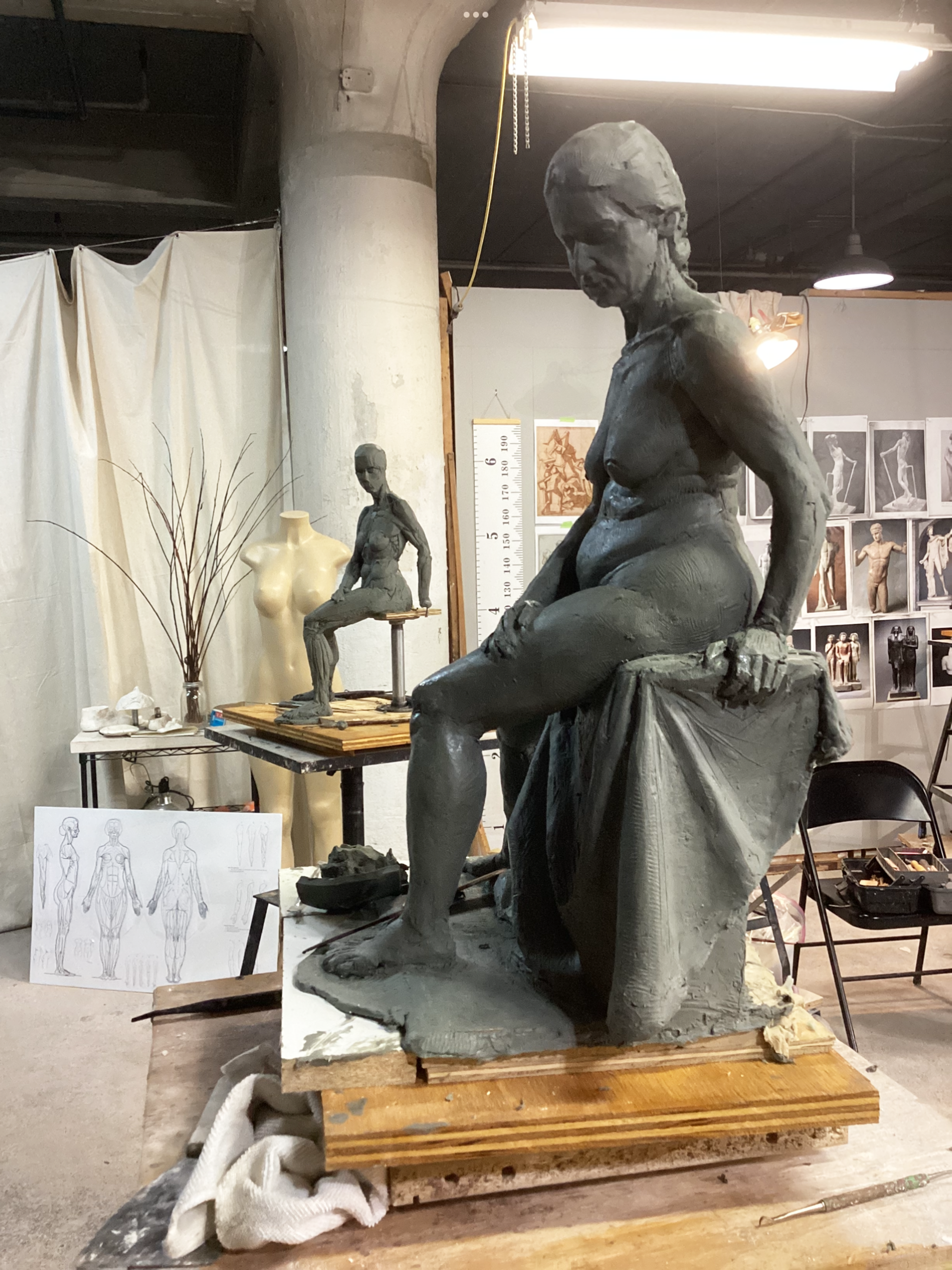
AC: Heather, I know that you used to work for General Motors as a clay sculptor. Did you go to school to learn this skill?
HA: During my time at the College for Creative Studies, I interned as a clay sculptor at General Motors. Upon graduation I accepted a direct full-time position at GM, it was there that I learned the skills of an automotive industrial clay sculptor.
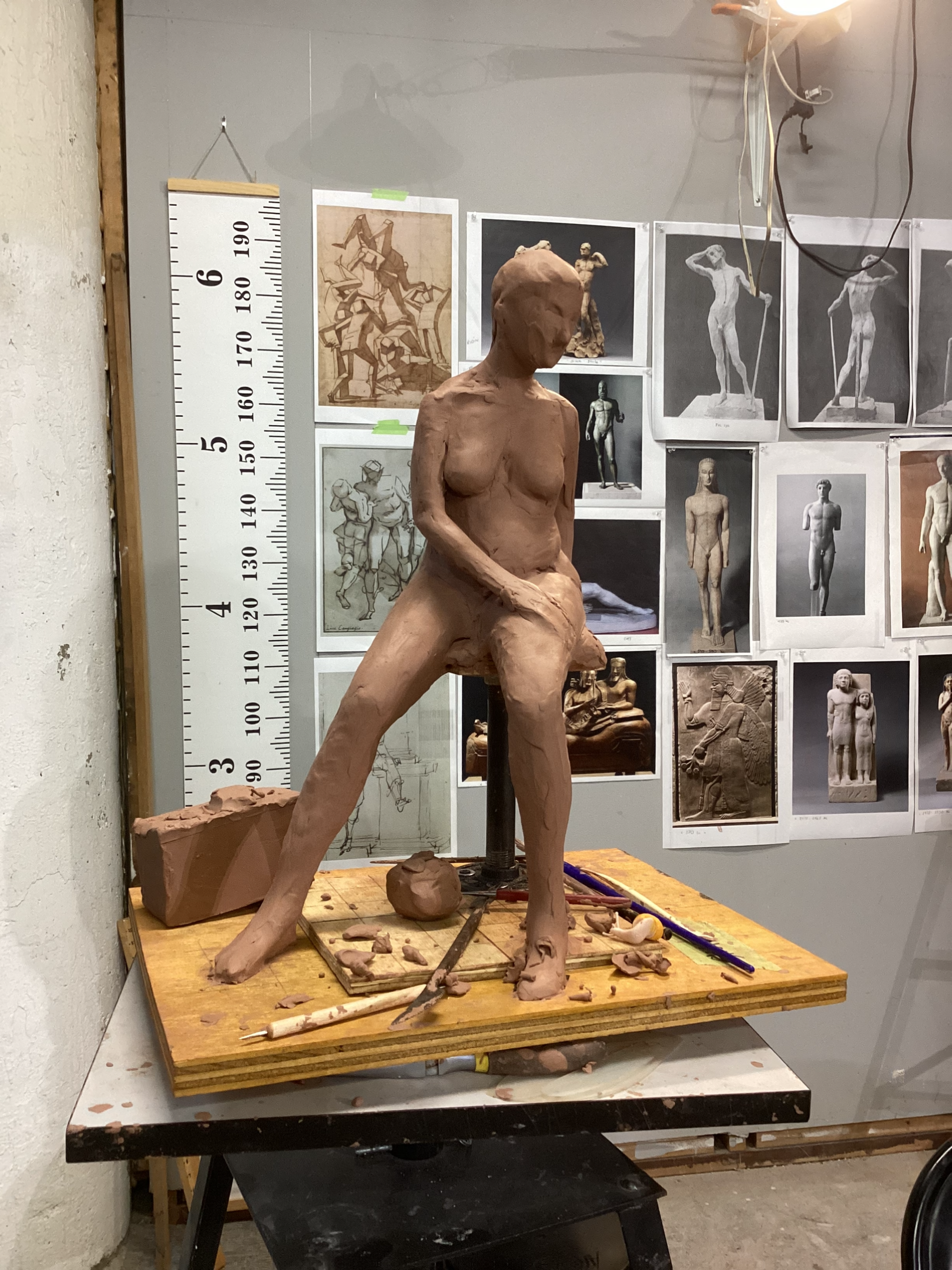
AC: Now you teach at College for Creative Studies teaching clay modeling in the Industrial Design department?
HA: Yes, I recently accepted a full time position as Clay Model Coordinator for the Transportation Design Department at College for Creative Studies. In this capacity, I work very closely with sponsored-studio faculty and their students to create clay models of student designs.
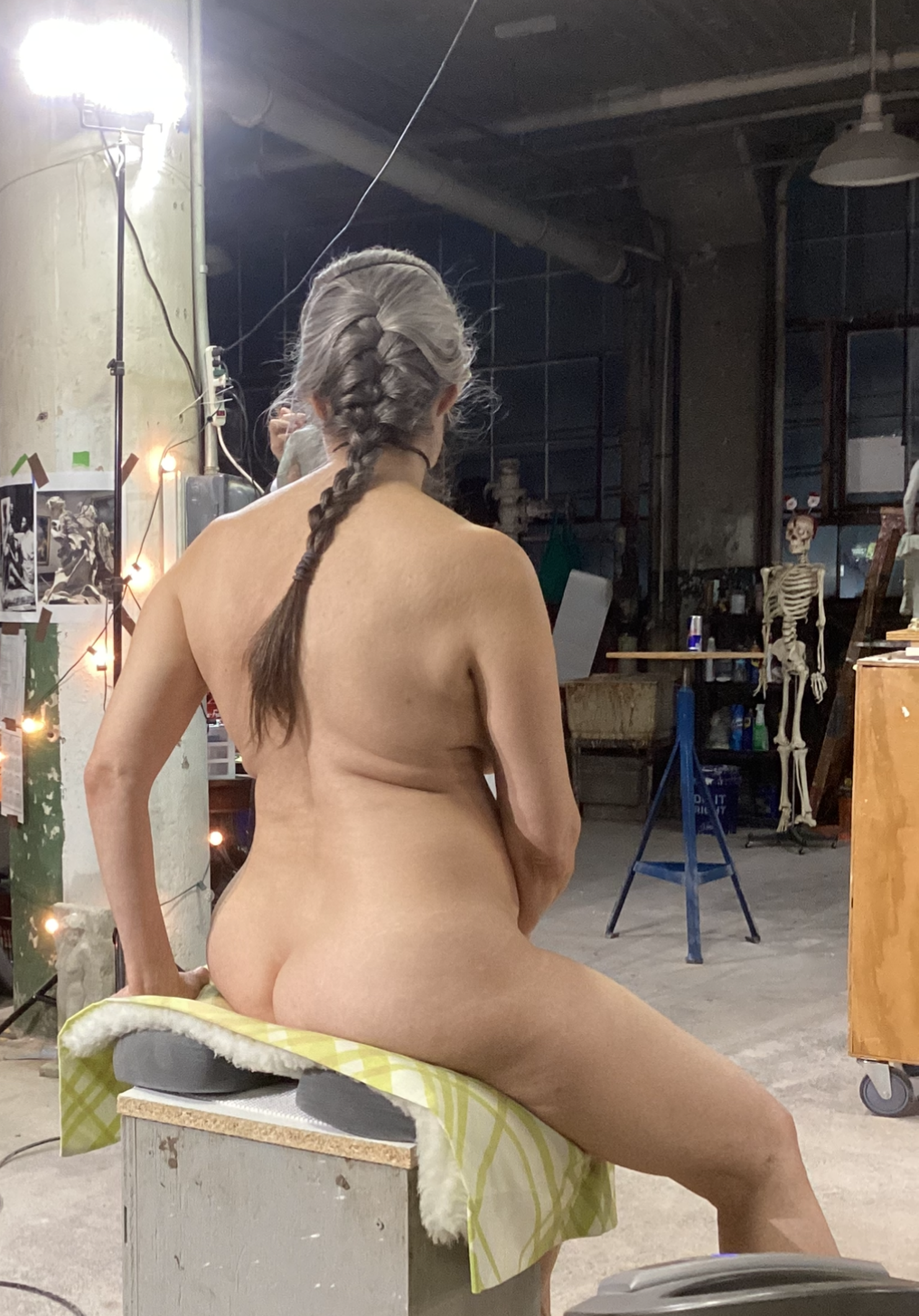
AC: I see, how do people hear about, or begin working with, the Figure Club of Detroit?
HA: People mostly hear about The Figure Club through its members.
AC: I think that the setting for the class allows the people to feel connected to the masters from classical or even ancient era because you have images of these masterpieces all over the place. You also have traditional sculpting tools available to use, charts to assist with comprehending how to measure, sketch and sculpt the human form. Can you share your thoughts on the importance of sculpting from life/ maintaining this tradition that has been around for centuries…?
HA: I will refer to Co-Instructor Rich Wiquist here...
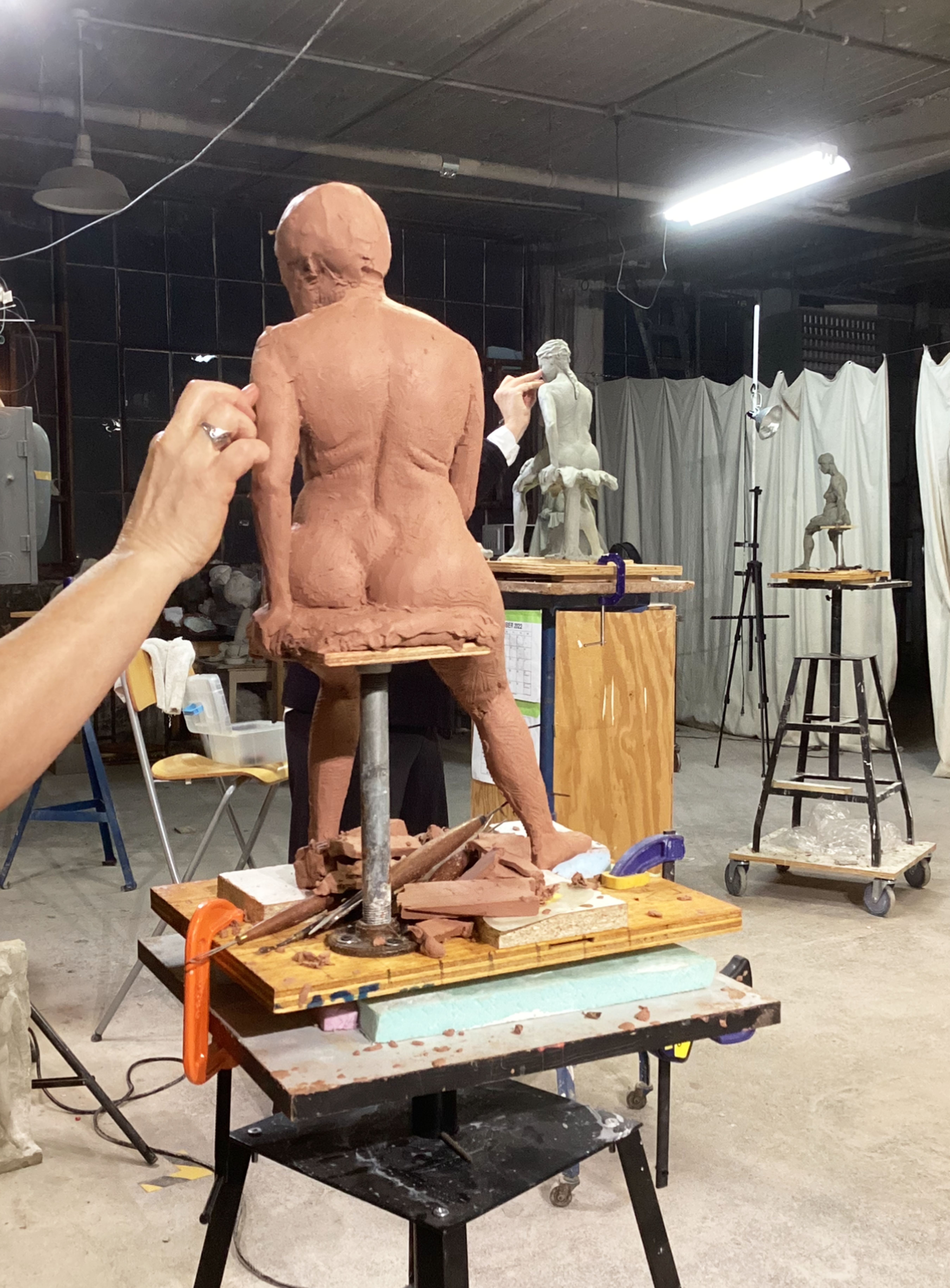
Rich Wiquist: I post the images on the wall as resources and inspiration. During the portrait series, I put up those heads to show a bit of the history of sculpting convention, for instance, notice how the representations of the eyes changed. Different tools and materials will dictate the range of what is possible in each style. Forms modeled additively in clay can look different than forms carved in stone.
For our recent third scale figure class, I selected images from many different sculpting and anatomy books. I even enlarged many of those anatomical drawings to that exact scale at which we were working. There are many useful concepts and design elements locked away in those books that I try to make visible, especially Lanteri and Richer.
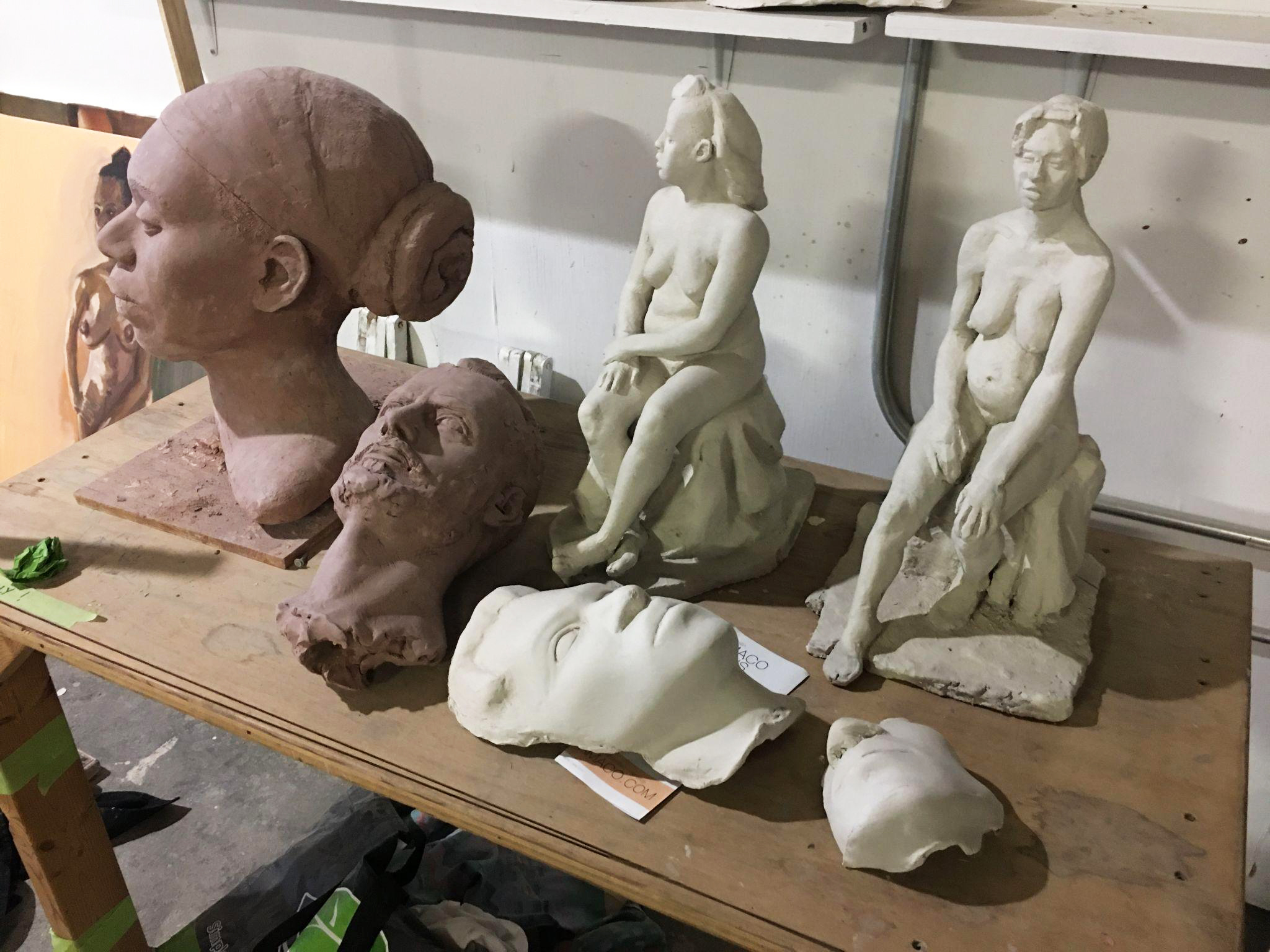
RW: For me, the main emphasis of the Figure Club is to provide open figure sculpting. We organize hiring the model and securing a location for artists to learn from each other. An artist can do their own thing within the context we set up, which is more or less 20 hours with a live model rotating 1/8th of a turn every ten to twenty minutes or so.
Artists observe and learn from each other’s approach to the figure. We don’t dictate how they use this opportunity, so long as they treat this activity in a professional manner.
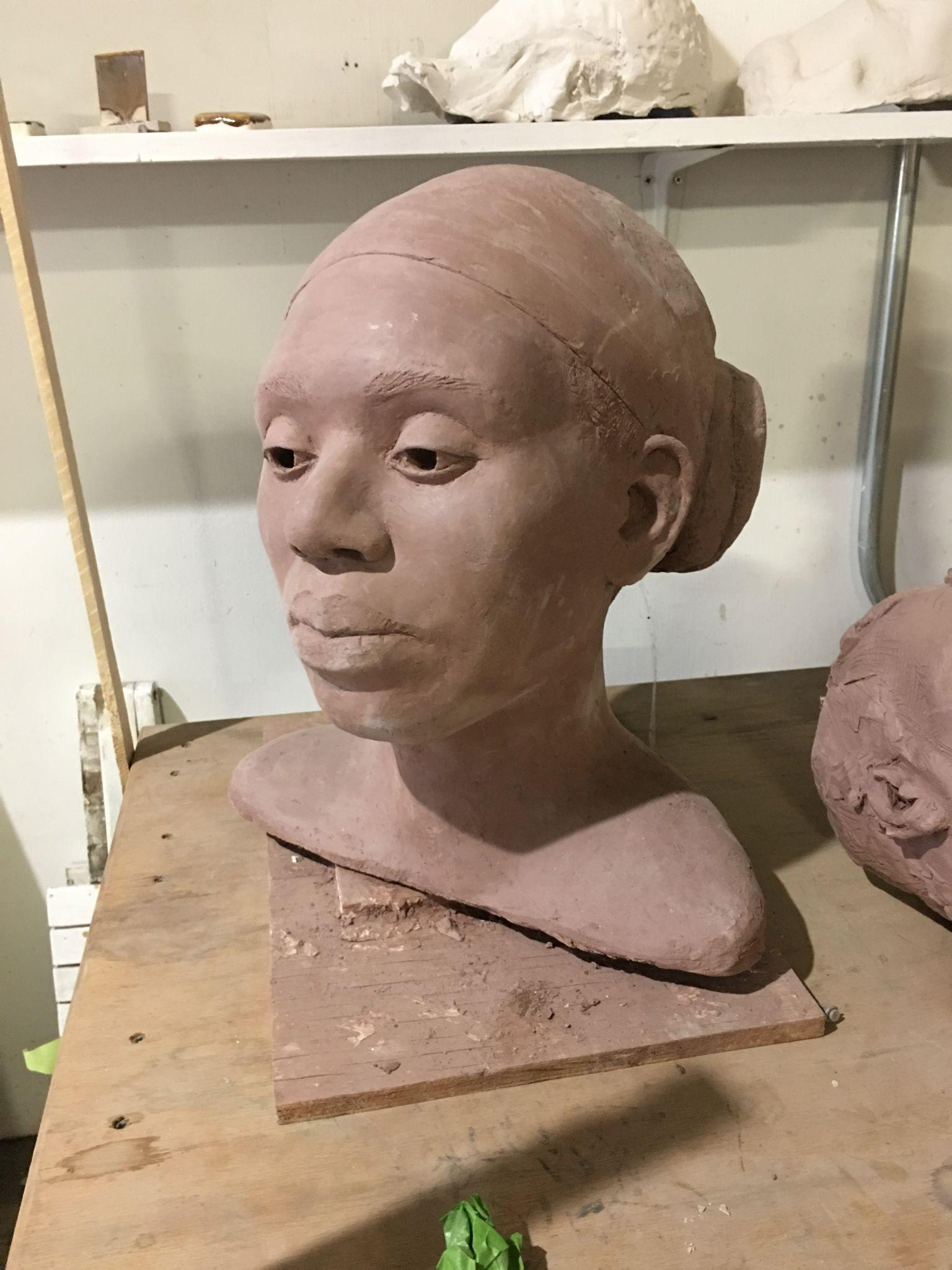
RW:Yes, if an artist is looking for a more structured learning situation they can ask me, or anyone else there, for guidance. I have provided resources all around the studio, but it’s up to each artist to decide what they want out of the situation we set up. Our mission is not to be a school but more so a group of artistic peers sharing skills and helping each other.
There are also sessions without a model where skills are shared. Previously Heather arranged for people from Smooth-On to demo rubber mold making. She has also held plaster waste mold and casting workshops and ‘faux patina’ workshops are forthcoming.
Sculptors whose work appears in this article include Carrie Smith, Sherry Richards, Rich Wiquist, Corey Scillian, Tom Sadchikov and Joshua Crespo
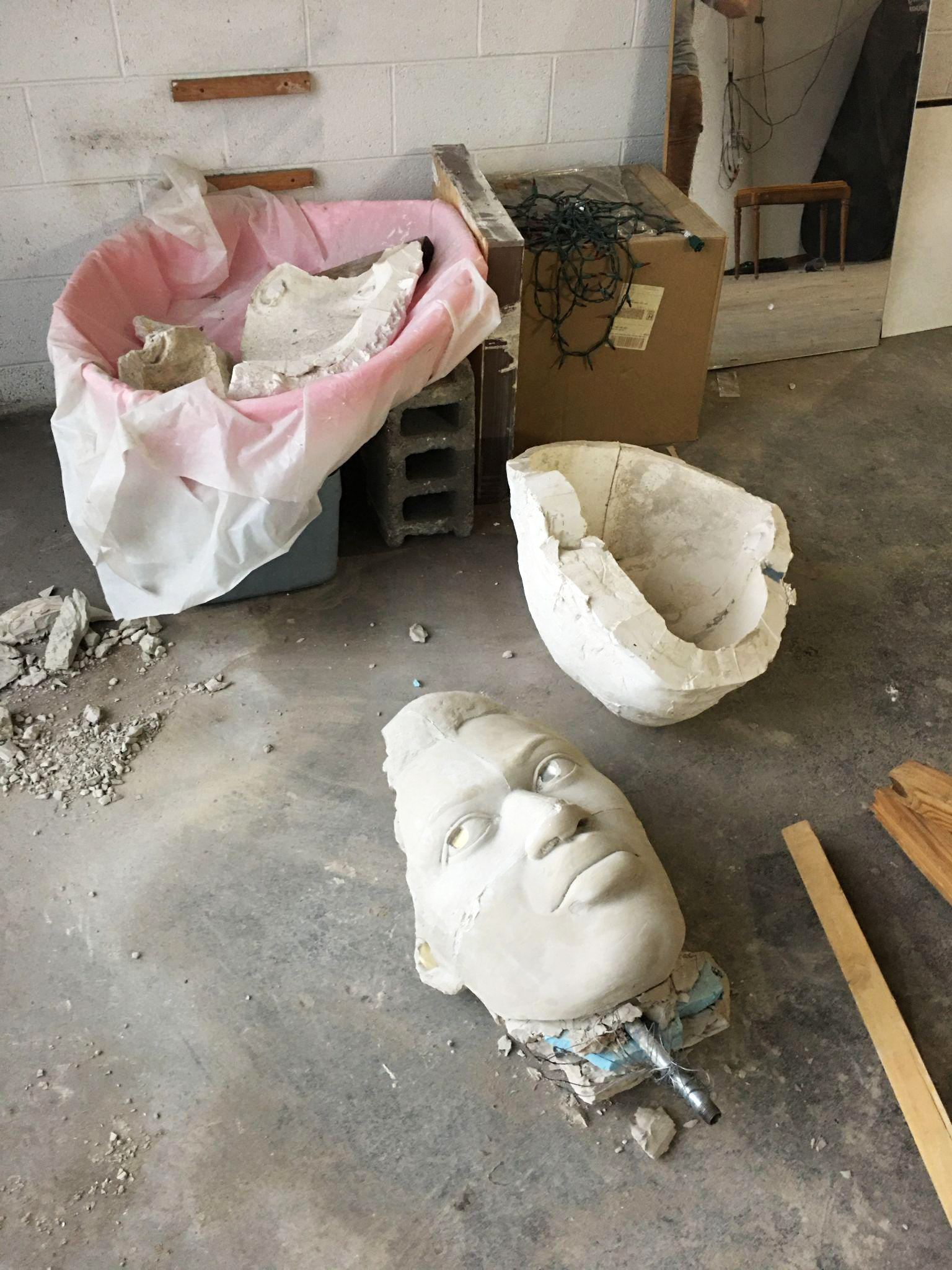
Founder and lead instructor Heather Anger is a Detroit based Sculptor/Clay Modeler. She has experience in both academic and corporate institutions as a sculptor and educator. In 2020, after 14 years working in the automotive industry as a creative clay sculptor, Heather accepted a full-time position as clay model coordinator for the transportation design department at College for Creative Studies. In addition to her work as an industrial clay sculptor, Heather is also a figurative sculptor. She graduated with honors from College for Creative Studies in 2005 and was a merit scholarship recipient at the Cranbrook Academy of Art where she graduated in 2010 with her MFA.
Co-instructor, Rich Wiquist, went to the University of Michigan for undergrad where he learned figurative sculpture from Lou Marinaro. Afterwards, he trained at the Graduate School of Figurative Art of the New York Academy of Art (NYAA). Since then, Rich has primarily been a sculptor at General Motors although he has taught sculpture classes from time to time.
